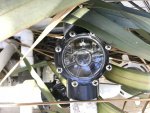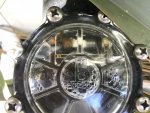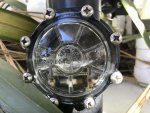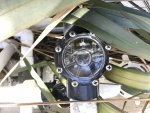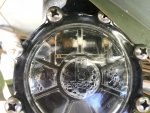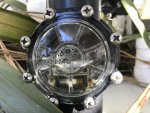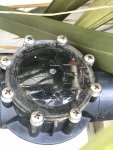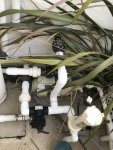Moved from here.. Check Valve Spring Tension Question Jim R.
I've actually had problems with two standard Jandy style check valves. On both occasions the internal springs have rusted and disintegrated.
After the first issue, I replaced the check valve in Dec 2018 and it is now showing the same problem (see attached photos). Either the springs
are not stainless or very cheap stainless. I'd like to just replace the springs, but can't seem to find them anywhere on the internet. Any idea if they are out there or if I can make my own ? The spring does have a part number = #7302 spring. If others have experienced this and have a solution, I'm all ears. Thanks in advance ([email protected]).
ll,
Welcome to TFP... A great place to find the answers to all of your "tension filled" questions...
It might help if we knew why? 99% of the people don't have a problem with the standard Jandy style check valves...
What is this specific check valve for?
Thanks,
Jim R.
I've actually had problems with two standard Jandy style check valves. On both occasions the internal springs have rusted and disintegrated.
After the first issue, I replaced the check valve in Dec 2018 and it is now showing the same problem (see attached photos). Either the springs
are not stainless or very cheap stainless. I'd like to just replace the springs, but can't seem to find them anywhere on the internet. Any idea if they are out there or if I can make my own ? The spring does have a part number = #7302 spring. If others have experienced this and have a solution, I'm all ears. Thanks in advance ([email protected]).
Attachments
Last edited by a moderator:



